When I was a child, I remembered playing with paper doll cutouts. The doll was printed on thick cardboard, usually in her undies. Her clothes and accessories are printed separately, also on relatively thick cardboard, with tabs sticking out on the side. This is so that the clothes can stay on her in a clipped manner.
Now imagine that paper doll stood up and became a 3D version. All the clothes also "stood up" and could magically glide themselves onto the paper doll, who's become an avatar. Those clothes have now become NFTs. Welcome to the world of wear-to-earn (W2E) NFTs. We're about to dip our toes into this new sub-sector of NFTs, go through its inner workings, and surface with whatever gleanings we can get. Let's go!
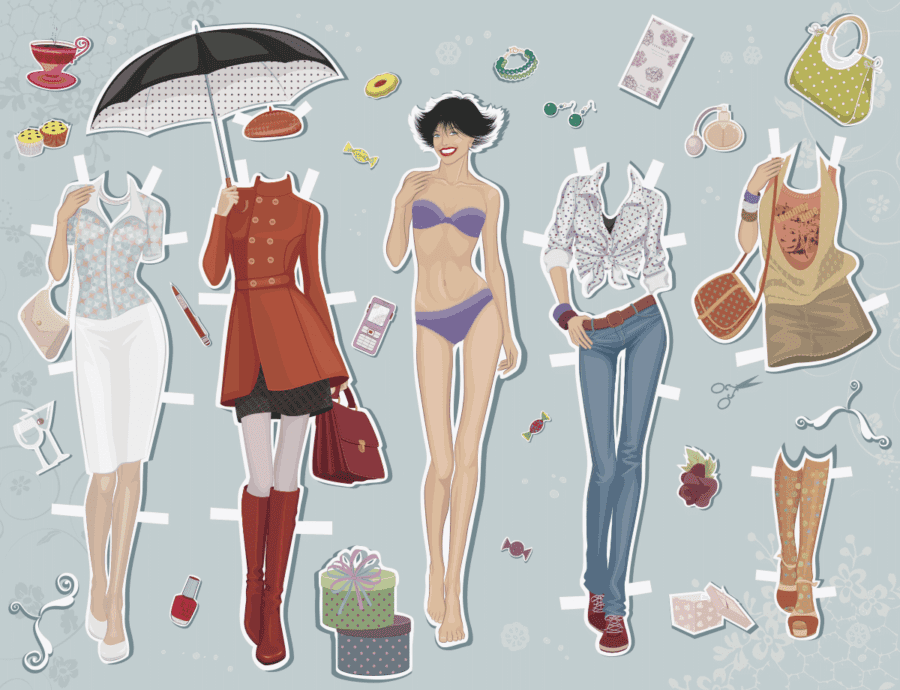
The origin of Wear-to-Earn NFTs
The impetus for W2E may have been inspired by the NFT craze currently circulating the globe, especially when looking at the amount of revenue for digital purchases and the success of the play-to-earn (P2E) model. However, unlike the latter, which is firmly rooted in the gaming community where gamers are used to upgrading their characters with skins and all kinds of accessories, real-life had little use for digital accessories until the pandemic came along and we landed in the era of Zoom calls and on-camera interactions.
Being presentable online became a challenge during the lockdown. Aside from not being able to get a haircut (unless you happen to live with a hairdresser), working from home also puts us in a more relaxed mode when it comes to our appearance or clothing. At first, it's the novelty of being able to walk around in a dressing gown or pj's while doing actual work. However, after a few months, what was novel quickly became old-hat. In this kind of environment, where is there space for fashion to survive, much less thrive?
When NFTs came into general awareness, there were a few in the fashion world who started to explore possibilities of how to marry the two together. What they came up with is the concept of Wear-to-Earn NFTs. Part of the inspiration might have come from Snapchat, where people can apply filters when taking pictures for various digital looks that are impossible to replicate in real life. What if, instead of just taking silly pictures, we can "wear" digital accessories as if they are real? How about posting them on any multitude of favoured social media channels as a means of self-expression? How about making it happen in real life?
Banking on Augmented Reality
It's one thing to be walking around with your phone catching Pokemons on the street (hopefully avoiding any oncoming traffic!). It's another to walk around the street wearing nothing but a bodysuit because the design of the clothes is just like those Pokemons - they're not real but projected onto the body. Yet this is precisely what the Wear-to-Earn crowd is betting on. In the future, instead of buying physical clothes, we also have the option to have the clothes projected onto ourselves.
The strongest case is that it will clear the fashion industry's name as one of the top 10 polluters in the environment. Instead of harvesting raw materials to create "trashable" clothes, we can flip through a digital lookbook online and decide what we want to be seen in instead of rifling through a closet of unworn clothes destined for the trash pile. Walk-in closets will be a thing of the past seen only in movies made before 2020. I'm guessing the bodysuit will be made from some kind of synthetic material that has mini sensors embedded in it so that when one is moving around, it will be able to capture the body's movements and have the "clothes" move in sync. The biggest faux pas would be to have one's bodysuit visible, I'd imagine.
A few industry pioneers are jumping in head-first to lead the charge.
Popular W2E Projects and Pioneers
DressX
If you want to experience digital fashion right now, head over to DressX, a website/shop that offers some fascinating looking garments for what looks like very reasonable prices. The catch? It's only for the camera, not in real-life. All you have to do is upload a picture of yourself in fitting clothes (swimsuits and bodysuits work best) to the website, select the piece you want to "wear", and match it against the photo. Voila, you're now wearing an illusion. Take a few pictures, upload them to your social media, and wow your friends with your new outlook.
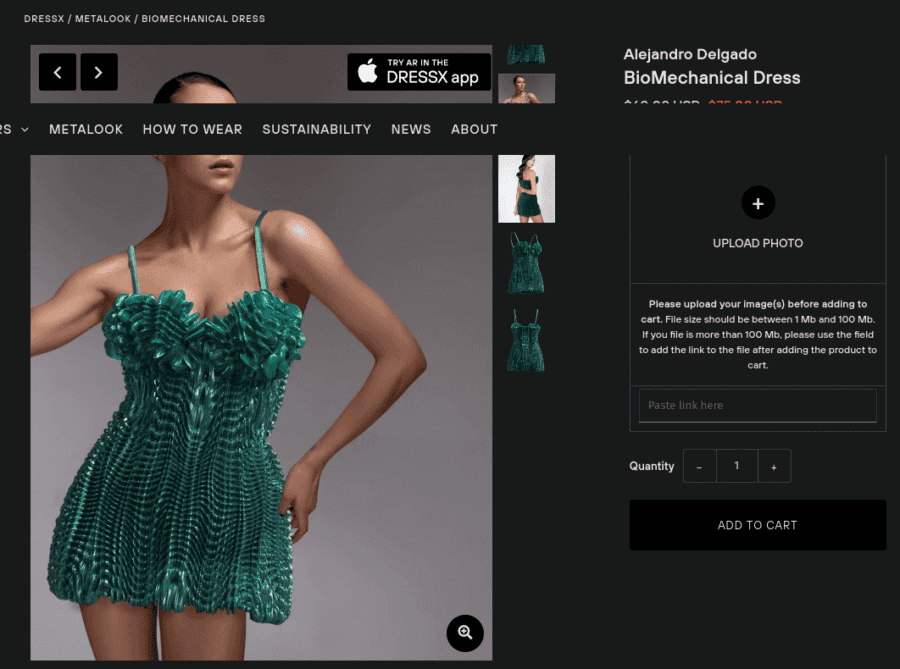
Founded by Natalia Modenova and Daria Shapovalova and launched in August 2020, the company has managed to raise a total of $3.3 million in funding from VCs led by The Artemis Fund, a VC specializing in investing in female-led ventures "who build companies that democratize access to wealth, encourage sustainability, and reduce friction in the care economy.", according to the press release. Featuring boatloads of designers eager to dress us in the metaverse, DressX has plans to launch an NFT marketplace for their pieces in 2022. They've already successfully collaborated on some NFT drops with Crypto.com, Balmain and Binance, to name a few.
Megan Kaspar and Red DAO
Earlier in the year, Megan Kaspar, cofounder and managing director of Magnetic Capital, a private investment firm in crypto projects based in Grand Cayman, was interviewed by Haute Living, a fashion magazine for high society, and "digitally dressed" by DressX mentioned above. As one of the angel investors for the project, she has been a strong champion of digital ("meta fashion") fashion and sees a very bright future ahead.

She first became aware of cryptocurrency back in 2010 but did not give it full attention until 2013 / 2014, when she had her "aha" moment. "Over time, it became increasingly obvious to me how this technology could upgrade global capital markets and the financial industry, with an improved, secure technology layer added. And that was when I realized I would be spending the rest of my career in this space," she said in her interview. She is also a member of Red DAO, a fashion-focused DAO that recently made headline news by winning the Doge Crown designed Dolce & Gabbana (D&G) as part of their NFT collection for 423.5 ETH (worth about $1.275 million). The DAO has about $7.5 million in its treasury, based on the wallet data listed of its members on their website.
"Brands will compensate customers for wearing pieces by giving them access to exclusive items or airdropping fashion pieces to virtual wallets or by paying them a fungible token," says Megan in another interview with Cointelegraph.com. I have to say, I'm quite sceptical about this because I don't see your average customer getting this kind of treatment. Influencers maybe, since they can be seen as another sales channel for the brands. It could also be a marketing ploy. There might only be limited pieces airdropped to perhaps randomly-selected customers, like trying to win a lottery ticket. This would undoubtedly drive sales up if the companion perception is that the airdropped pieces can be flipped on the secondary market to sell to a thirsty buyer or fan.
Joining Red DAO requires an upfront investment of 100,000 Red DAO tokens priced at 50 ETH with a max of 300,000 tokens for 150ETH. The purpose of the DAO is to "support, purchase, archive, collect, invest in items, and digital garments in the emerging world of digital wearables and fashion." according to their website.
NFT Runway
On its website, NFT Runway positions itself as "a first-of-its-kind phygital fashion project, using patented 3DReal technology to bring designer fashion into the Metaverse as wearable NFTs.". In collaboration with Ohzone Inc, the project broadcasted a live fashion show in Decentraland back in December, using NFT versions of the physical items through patented 3DRealM technology, as reported by Cointelegraph.com. NFT Runway also works with charities to program a portion of its auction sales to benefit them. Known as "NFT endowments", these charities can receive royalties in perpetuity from every sale of the NFT.
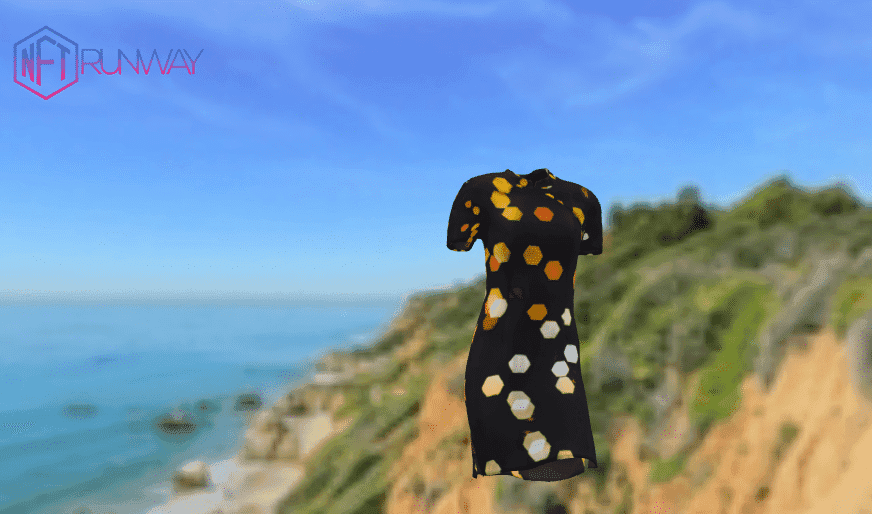
Space Runners
Space Runners feature an NBA Champions Sneaker collection created in collaboration with Kyle Kuzma and Nick Young. These sneaker NFTs can be plugged into the metaverse or games. Aside from moving into the AR space, these NFTs also unlock exclusive benefits to their holders, such as access to the celebrities associated with the project. Expect to see more of this coming in the near future.
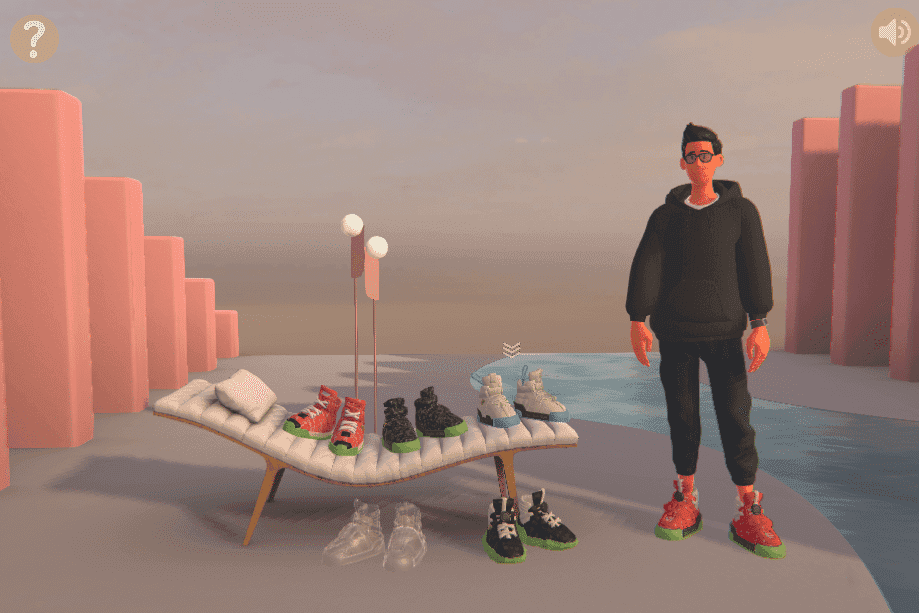
Dolce & Gabbana (D&G)
Known to be one of the top luxury brands in the fashion industry, D&G announced its entry into the world of NFT by dropping its first-ever NFT collection known as Collezione Genesi ("Genesis Collection", if you haven't guessed yet). Partnering with UNXD, a luxury-based NFT market on the Polygon network, the nine pieces came with both an NFT and its physical counterpart. The auction was held in September 2021 and netted a cool $6 million, with the Doge Crown taking top price as mentioned above. The crown was personally designed by Domenico Dolce and Stefano Gabbana, founders of the D&B brand named after them.
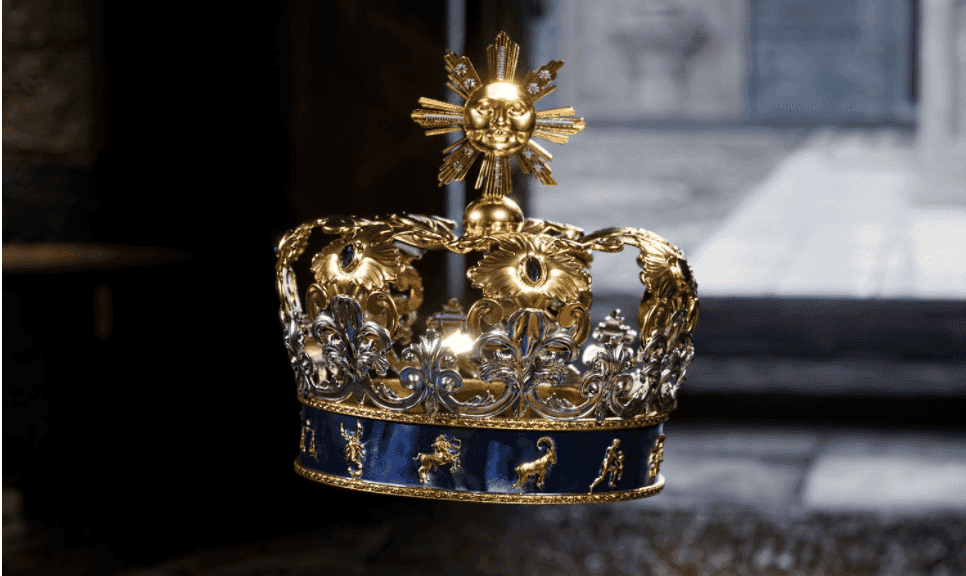
The success of this auction heralded the lucrative potential of fashion NFTs and the possibilities that could be conceived from them.
Fashion + Games
Not content to market digital wear, some fashion brands are also looking to encroach into the world of gaming, either through collaboration with big-name games or venturing out on their own.
GAP
The pandemic years have not been kind to GAP as many of their physical stores were shuttered due to decreasing foot traffic and demand. Seeing the surge in demand for NFTs, the brand teamed up with Frank Ape artist Brandon Sines to design an NFT collection on the Tezos blockchain, perhaps hoping to capture a younger crowd and revitalise its brand. As part of the NFT experience, they also added a gamified component where users can collect digital art by the artist and the physical Gap x Frank Ape by Sines hoodie.
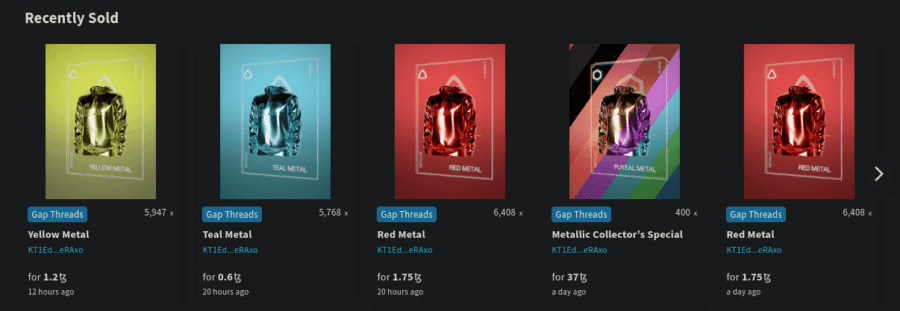
Burberry + Mythical Games
It would've been difficult for an established brand like Burberry to imagine they'd want anything to do with the gaming world. Times have since changed. Keeping up with a younger generation to maintain its position as a trendy luxury item, the move to collaborate with a game is undoubtedly a surprise to many. The Burberry team chose Blankos Block Party to be its first collaboration. A limited-edition character called Sharky B "is an NFT that can be purchased, upgraded, and sold within the Blankos Block Party marketplace." The shark can be trained and upgraded with special powers while its accessories, such as the jetpack, armbands and pool shoes, can be applied to any Blanko owned by the user.
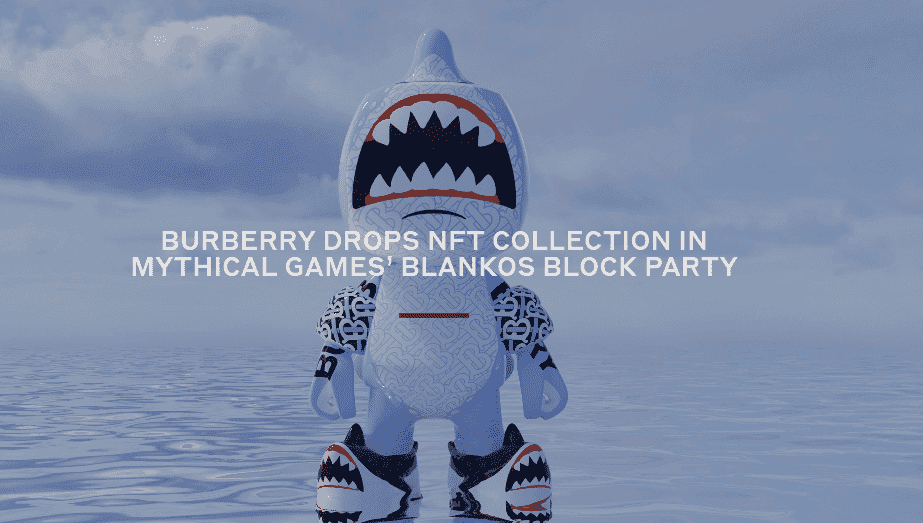
Louis Vuitton
"Louis: The Game" was launched as part of the 200th anniversary of its founder and is LV's first attempt to dip its toes into the NFT world. The game features Vivienne, the company mascot, searching for 200 candles. That's one for each year since the brand was established. These candles are found in various cities together with an accompanying postcard, some of which are collectible NFTs.
The LV brand is usually associated with adults and does not appeal to the younger generation. However, by associating a cute mascot with the brand and putting it in a video game that randomly drops NFTs, perhaps this is a subtle way to influence the younger generation when it's time to make a purchase? Out of the 30 NFTs featured in the game, 10 were created by Beeple.
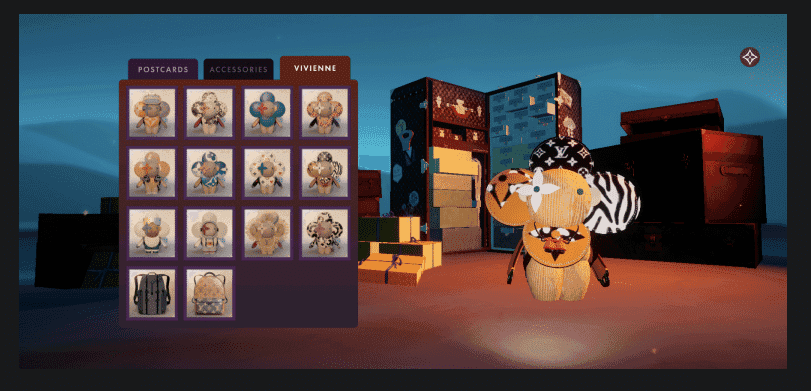
Fortnite x Balenciaga
One of the most high-profile successful collaborations is the Fortnite x Balenciaga project. The latter set up a virtual store in the game, replicating physical retail spaces in the real world. Avatars in the game browse the store, just like their owners could in real-life. The items sold in the shop, such as skins and items, melds perfectly with the Fortnite world. Some of the items have a physical counterpart with eye-watering high prices that did nothing to deter the enthusiasm of the diehard fans.
This is an attempt to introduce a new way to shop online by making it an immersive experience, rather than just the point-and-click of Web2 that we're familiar with. So you're looking at another way for a luxury brand to target youngsters, whom they hope, will be the next generation of luxury shoppers after the wealth transfer happens from Boomers to them. Whether this will play out in the way Balenciaga hopes, it's certainly helping to propel the popularity of fashion NFTs.
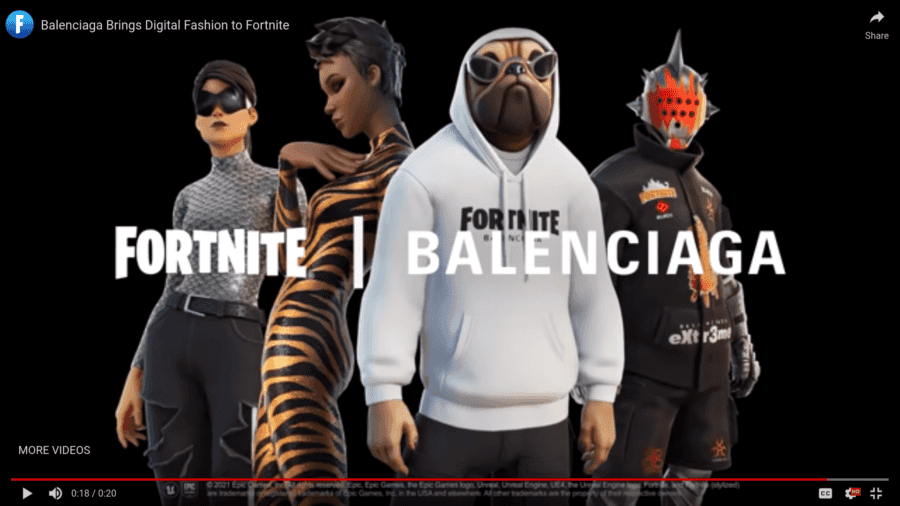
Conclusion
Let's be honest: only so much money can be made with just NFTs dressing avatars in the metaverse. Without any ties to the real world, its use-cases are only limited to the fashion-conscious and avid gamers. Moreover, the "earn" part of the equation is mainly centered on the secondary market of reselling, which is easily speculative at best. Therefore, for NFTs to successfully cross over into the real world, the supporting technology also needs to be developed, mainly augmented/virtual reality and how this reality can be perceived. (Will we all walk around wearing some kind of hi-tech glasses?)
Yet, with so much emphasis on the visual aspect, which is where the metaverse seems to be heading towards for the moment, what about the loss of the tactile sensation? Aren't we missing out on something else in our headlong pursuit of gratifying our visual sense? After all, our eyes aren't able to enjoy the luxury of silk.
While waiting for the AR/VR tech to be developed, the only thing we can do with fashion NFTs is use them like Snapchat filters to show off to the world in a virtual manner. While looking presentable is important online, what does it do to our self-esteem if we feel beautiful or desirable only in the virtual world, surrounded by these digital items, yet in real life, our closet is bare?
As enticing as it may seem, fashion NFTs feels more like a gimmick now and not necessarily something seen as a must-have. So I'm cautiously sitting on the sidelines, waiting to see if any other kinds of earning models will emerge as this space continues to grow. If not, it will just be one more frivolous thing to spend money on.
Disclaimer: These are the writer’s opinions and should not be considered investment advice. Readers should do their own research.


